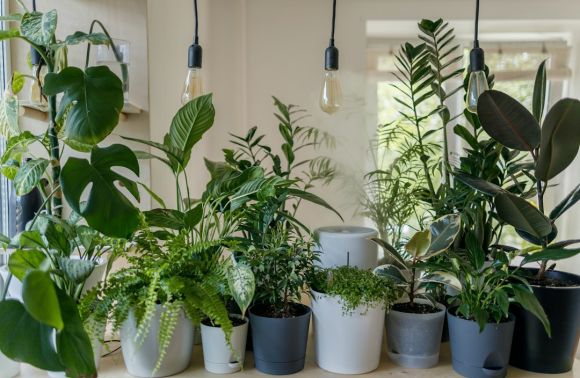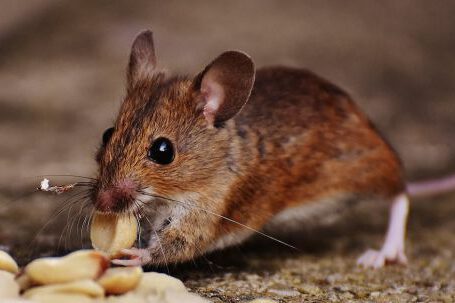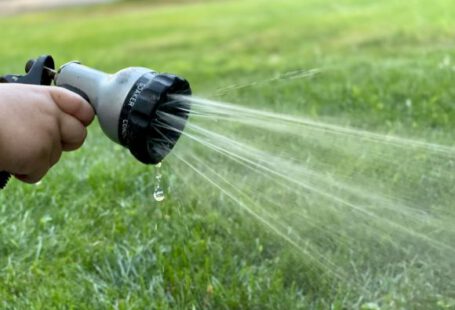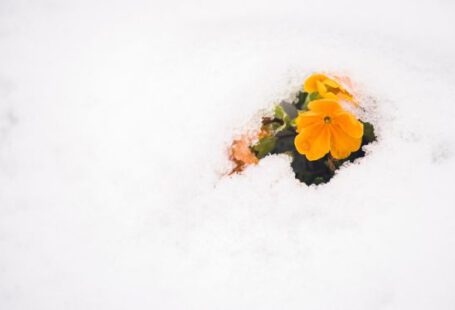In recent years, there has been a growing trend among urban dwellers to grow their own food. However, limited space and lack of access to outdoor gardens can make this seem like an impossible task. But fear not! With the right knowledge and a little creativity, it is absolutely possible to grow edible plants indoors. In this article, we will explore the various factors to consider and the steps you can take to successfully grow your own food inside your home.
Choosing the Right Plants
Not all plants are suitable for indoor cultivation. When selecting edible plants, it is important to choose varieties that are well-suited for indoor conditions. Herbs like basil, thyme, and parsley are excellent choices as they require minimal space and can thrive in containers. Leafy greens such as lettuce, spinach, and kale are also great options, as they grow quickly and can be harvested multiple times.
Lighting
One of the most crucial factors in indoor gardening is lighting. Since plants need sunlight for photosynthesis, it is important to provide them with adequate artificial lighting. LED grow lights are a popular choice among indoor gardeners as they are energy-efficient and provide the right spectrum of light for plant growth. It is important to position the lights close to the plants, ideally about 6-12 inches away, to ensure they receive sufficient light.
Temperature and Humidity
Temperature and humidity play a significant role in the success of indoor gardening. Most edible plants prefer temperatures between 60-75 degrees Fahrenheit (15-24 degrees Celsius). It is important to avoid extreme temperature fluctuations, as it can stress the plants. Additionally, maintaining a humidity level of around 40-60% can help prevent the plants from drying out.
Containers and Soil
Choosing the right containers and soil is essential for indoor gardening. Containers should have drainage holes to prevent waterlogging, and they should be large enough to accommodate the root systems of the plants. Opt for a high-quality potting mix that provides good drainage and aeration. Adding organic matter such as compost or worm castings can enrich the soil and provide essential nutrients for plant growth.
Watering and Nutrients
Proper watering is crucial for indoor plants. Overwatering can lead to root rot, while underwatering can cause the plants to wilt. It is important to water the plants when the top inch of the soil feels dry to the touch. Additionally, providing the plants with balanced organic fertilizers can help ensure they receive the necessary nutrients for healthy growth. Follow the instructions on the fertilizer packaging to avoid overfeeding.
Pest Control
Like outdoor plants, indoor plants are also susceptible to pests. To prevent infestations, regularly inspect your plants for signs of pests such as aphids, mealybugs, or spider mites. If you notice any pests, treat them immediately with organic pest control methods such as neem oil or insecticidal soap. Keeping your plants clean and free from debris can also help deter pests.
Enjoying the Fruits of Your Labor
Growing edible plants indoors can be a rewarding and fulfilling experience. Not only does it provide you with fresh and nutritious food, but it also adds a touch of greenery and beauty to your indoor space. With the right plants, lighting, temperature, and care, you can successfully grow your own food indoors, even in the smallest of spaces.
So, why wait? Start your indoor garden today and enjoy the satisfaction of growing your own fresh produce right at home!





